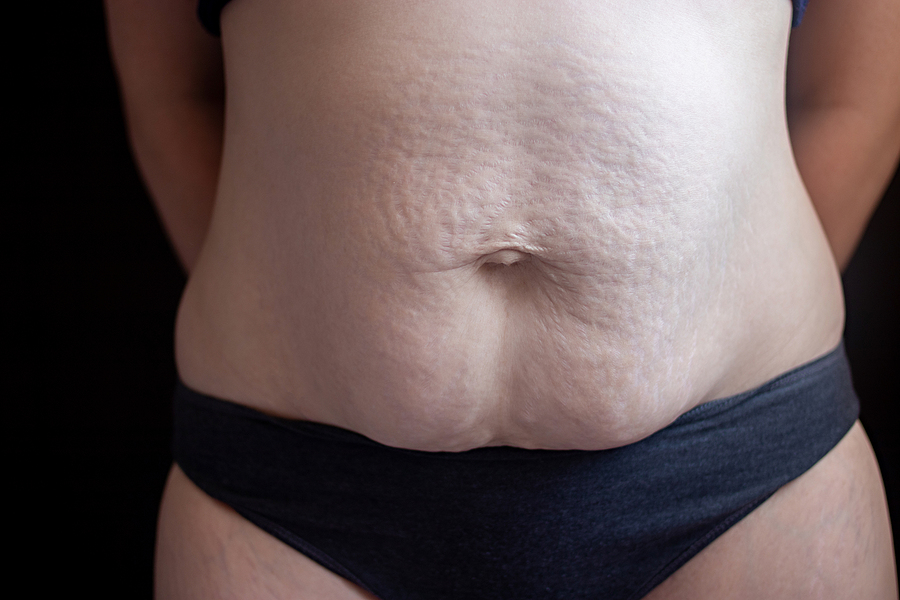Diastasis recti are the condition that causes large gaps between your abdominal muscles which are also known as the six-pack. Because of the symptoms and characteristics of this condition, the more common term to address is ‘abdominal muscle separation’. Although it can be found in people of all ages and genders, it is more commonly seen in women during pregnancy and postpartum.
One of the leading causes of this condition in mums-to-be is the extra weight gain due to the growing baby. If you or one of your friends is going through diastasis recti, you need to talk to your doctor, GP, or physiotherapist about it. While you convey your concerns, here are some essential questions that might help you understand the process of healing from abdominal muscle separation.
1. How long will it take to get back to my standard shape?
Diastasis recti is a significant change to your body. But on the bright side for pregnant women, this condition is not usually permanent. The hormones secreted during pregnancy make such changes in your body to accommodate your baby. Some of these hormones cause your muscles to relax, which leads to diastasis recti, SI joint pain, urinary incontinence, etc.
Your hormones change postpartum, and so do your muscles. In normal circumstances, abdominal muscle separation lasts for a period of 6-weeks to 3 months postpartum. Many women go through this process without even realizing it. Diastasis recti repair is hence not a difficult task.
However, you need to go for treatment if your DR is persistent after that time. Making those muscles come together again might take months or years depending on your metabolic rate and body type.
2. Does the gap close completely?
One of the most common concerns of new mums is the possibility of a bulging tummy, which is also known as ‘mommy pouch’. It is one of the side-effects of having diastasis recti, and it makes women look pregnant, even postpartum.
The trick here is to focus more on the exercises to reshape your muscles and worry less about the bulging tummy for the time being. It may not be instantaneous, but you may see some changes with time and a proper exercise routine. Even if you do have the bulge, it is not harmful.
3. How do I deal with the pain?
Diastasis recti can lead to side effects, including lower back pain, urine incontinence, and constipation. Some women might face difficulty with both breathing and movement. And in some severe and rare cases, it may lead to a hernia. But it goes unnoticed for a majority of pregnant women.
If you are facing any painful situation caused by your DR, you may want to go for a thorough physical examination. It is after examining your symptoms and muscles that your doctor will guide you about the possible treatment option.
4. Who needs surgery to correct diastasis recti?
Diastasis recti repair by surgery is similar to a tummy tuck as involves surgically narrowing the gap between ab muscles. Most doctors consider surgery as a last resort to treat muscle separation. The need for surgery depends on the severity of diastasis recti which varies from person to person. It is only recommended if the partition is a hindrance to performing daily activities or in case of cosmetic reasons.
Under normal circumstances, women have been suggested a carefully prepared exercise routine and a balanced nutritional plan. Healthy food, exercise, and good lifestyle habits can help eliminate the need for surgery.
5. Do compression garments help?
Providing a gentle compression to the abdominal region postpartum has been advocated in many cultures around the world. It used to consist of tying a cloth around your guts after delivery. This method is commonly known as binding and might prove useful too. The design of compression garments is based on this knowledge and majorly in consultation with leading obstetricians and physical therapists.
They help provide medical-grade compression to your abdomen, lower back, and pelvic region. When worn right, this compression is supportive when doing daily routine tasks or hitting the gym. Some of these brands also claim to be effective in solving urine incontinence and prolapse. Many doctors recommend wearing pregnancy leggings or shorts.
6. How does physiotherapy improve diastasis recti?
Physiotherapy includes exercises and stretches that work towards strengthening your abdominal muscles. Just like other pregnancy exercises such as Kegel’s exercises that help strengthen pelvic floor muscles, your physiotherapist will suggest exercises to assist with diastasis recti repair. Many gyms and physiotherapy centres offer complete pregnancy exercise programs.
You may enroll in one based on your previous medical history and current health condition. Your doctor may also suggest some of their preferred exercises or gyms. Only do not exert yourself more than you need to. Be mindful when you exercise and communicate your findings, whether positive or negative with your instructors regularly.
7. What kind of activities should I avoid?
As mentioned above, some exercises help close the muscle separation. However, overdoing any exercise can be harmful to your health. There are also some activities that you must strictly avoid reducing damage to your ab muscles further. They include:
- Lifting heavyweights
- Sprinting on a treadmill
- High-impact exercises
- Activities that stress your core
The damage can be reduced with proper diet and building a strong core. There is no one-size-fits-all training routine for pregnant women. Hence, ask your doctor about the exercises you must and must not do.
Conclusion:
Diastasis recti repair can be a slow procedure for many women. The key is not to lose hope and be consistent in following your doctor’s suggestions. Just like many other pregnancy changes, your ab muscles will be in shape again.


